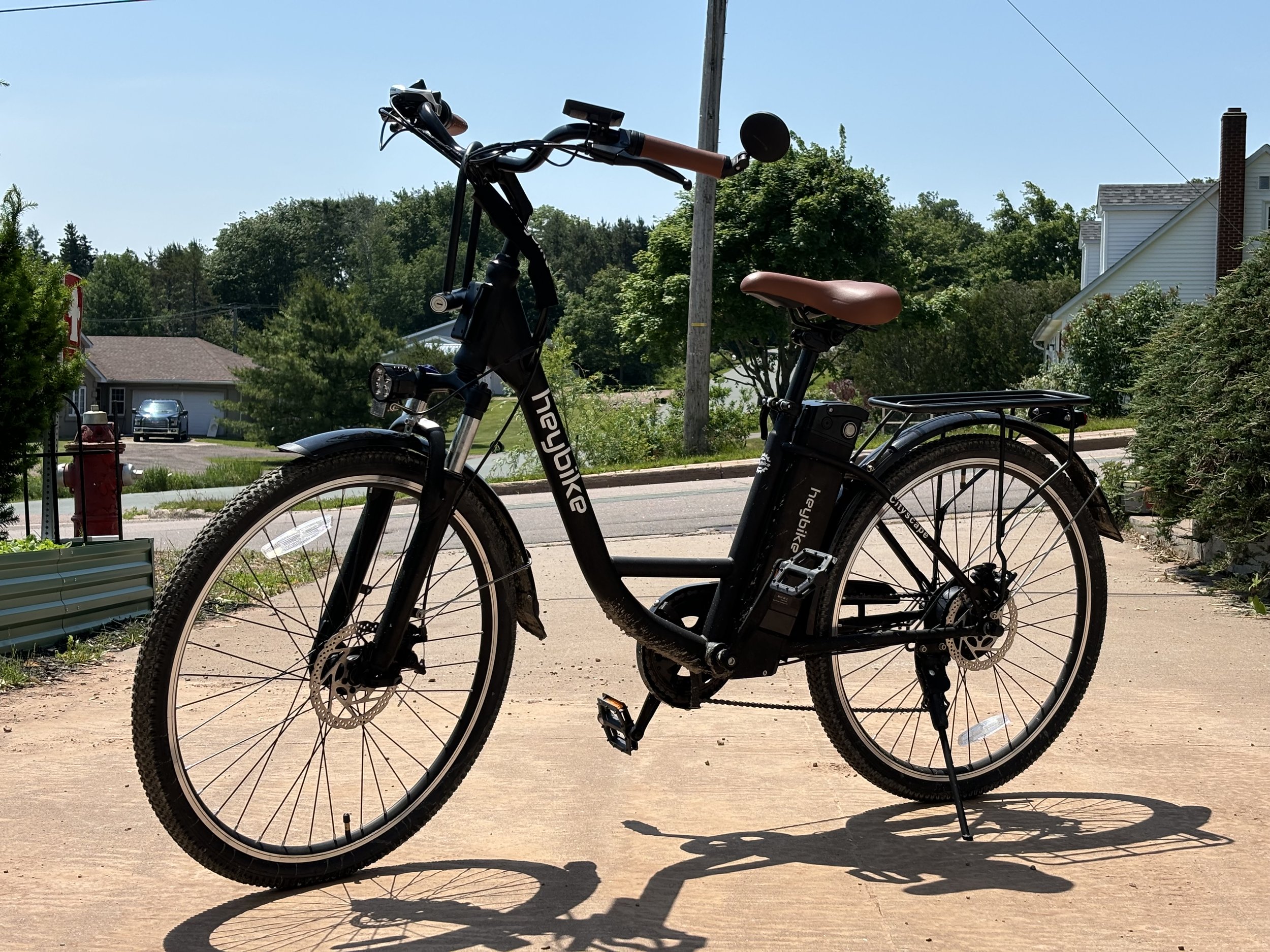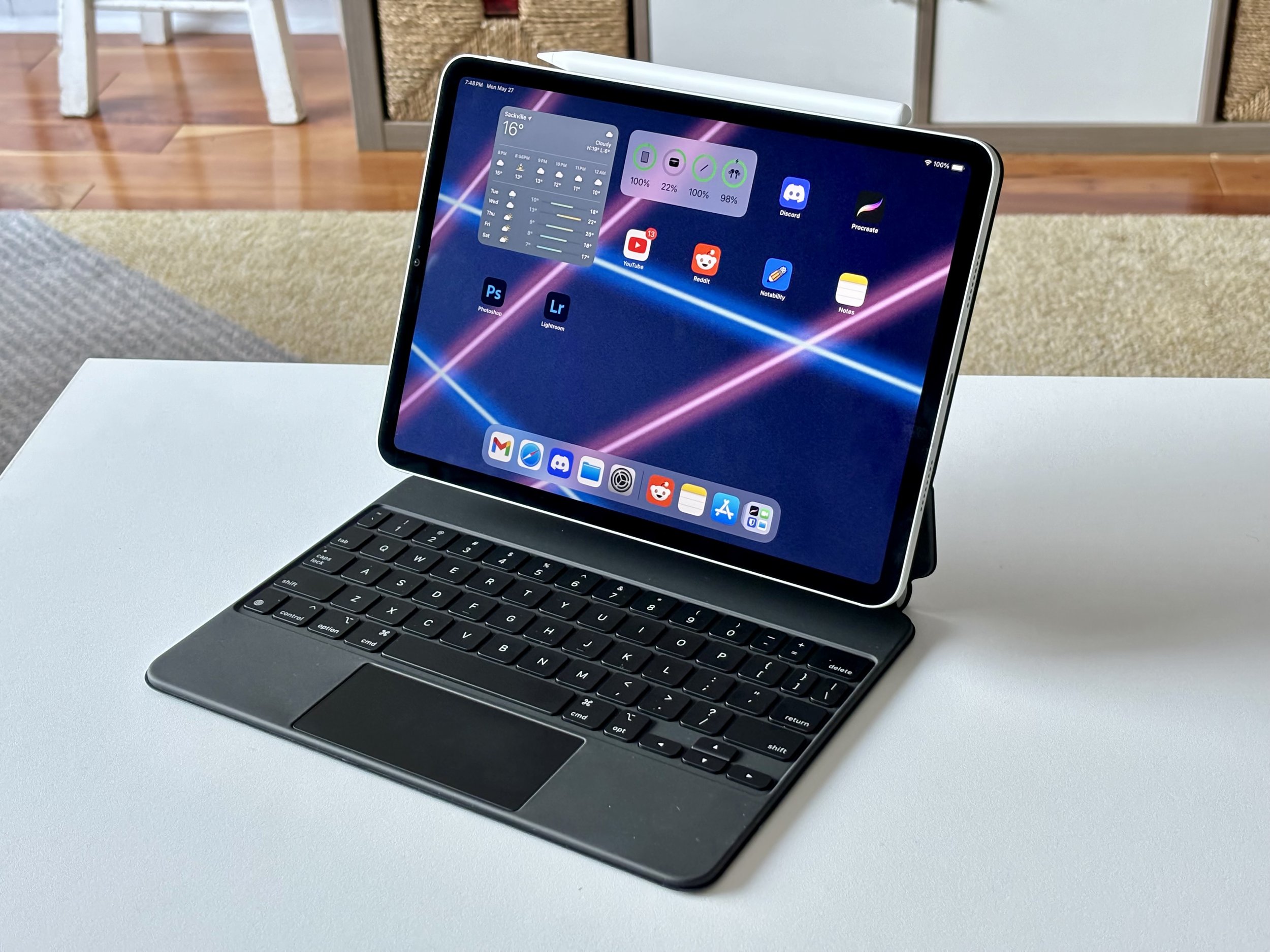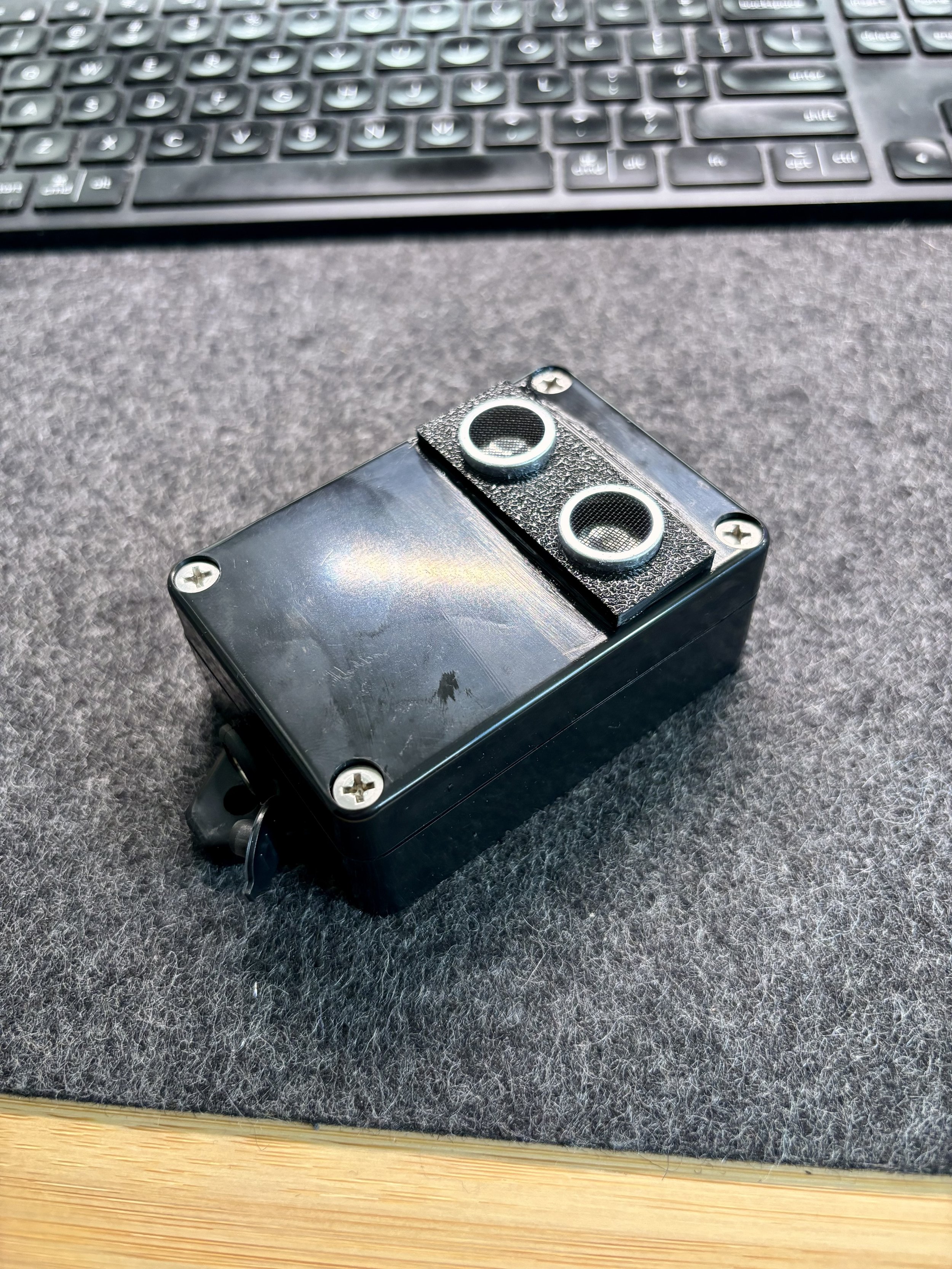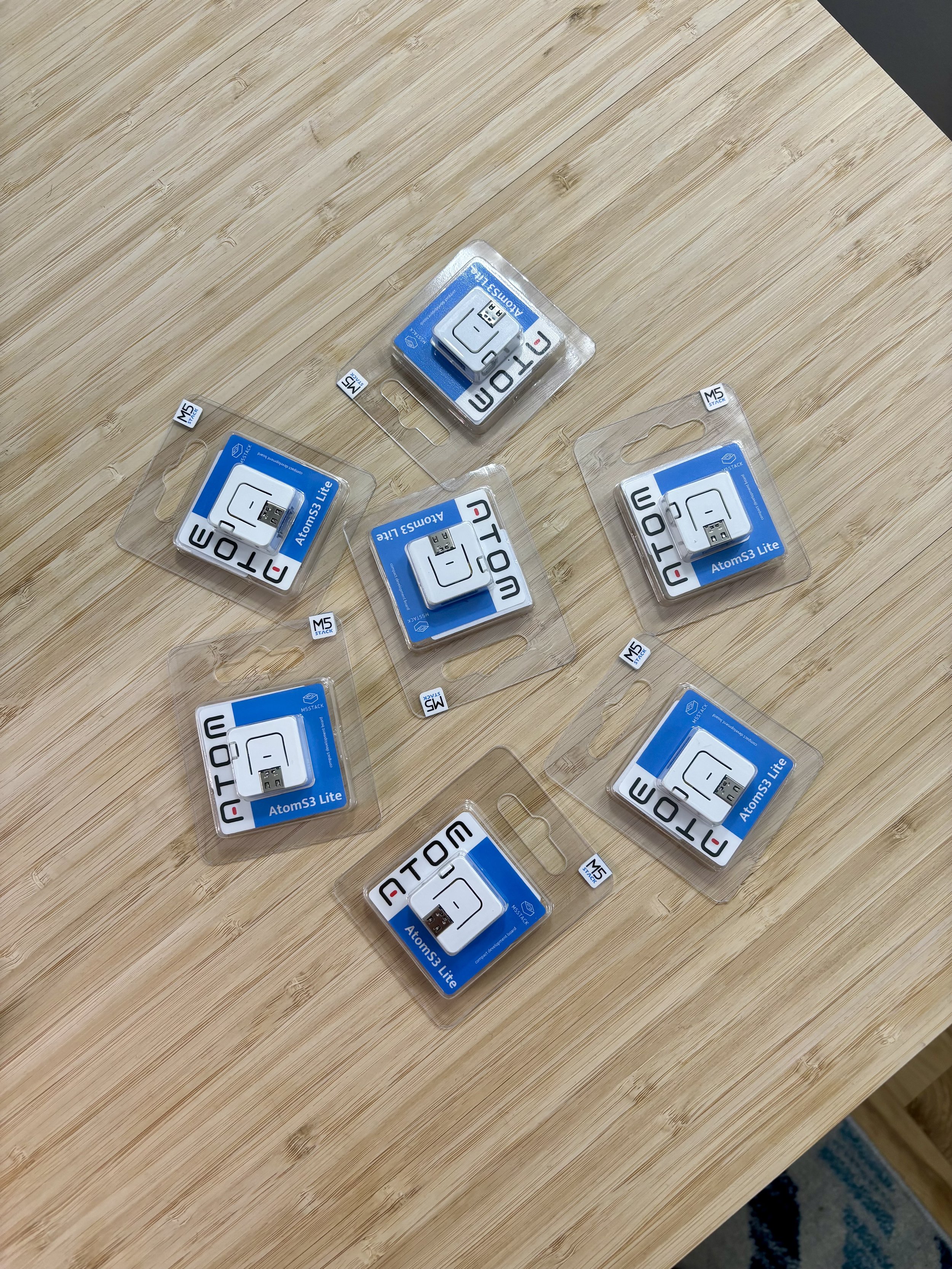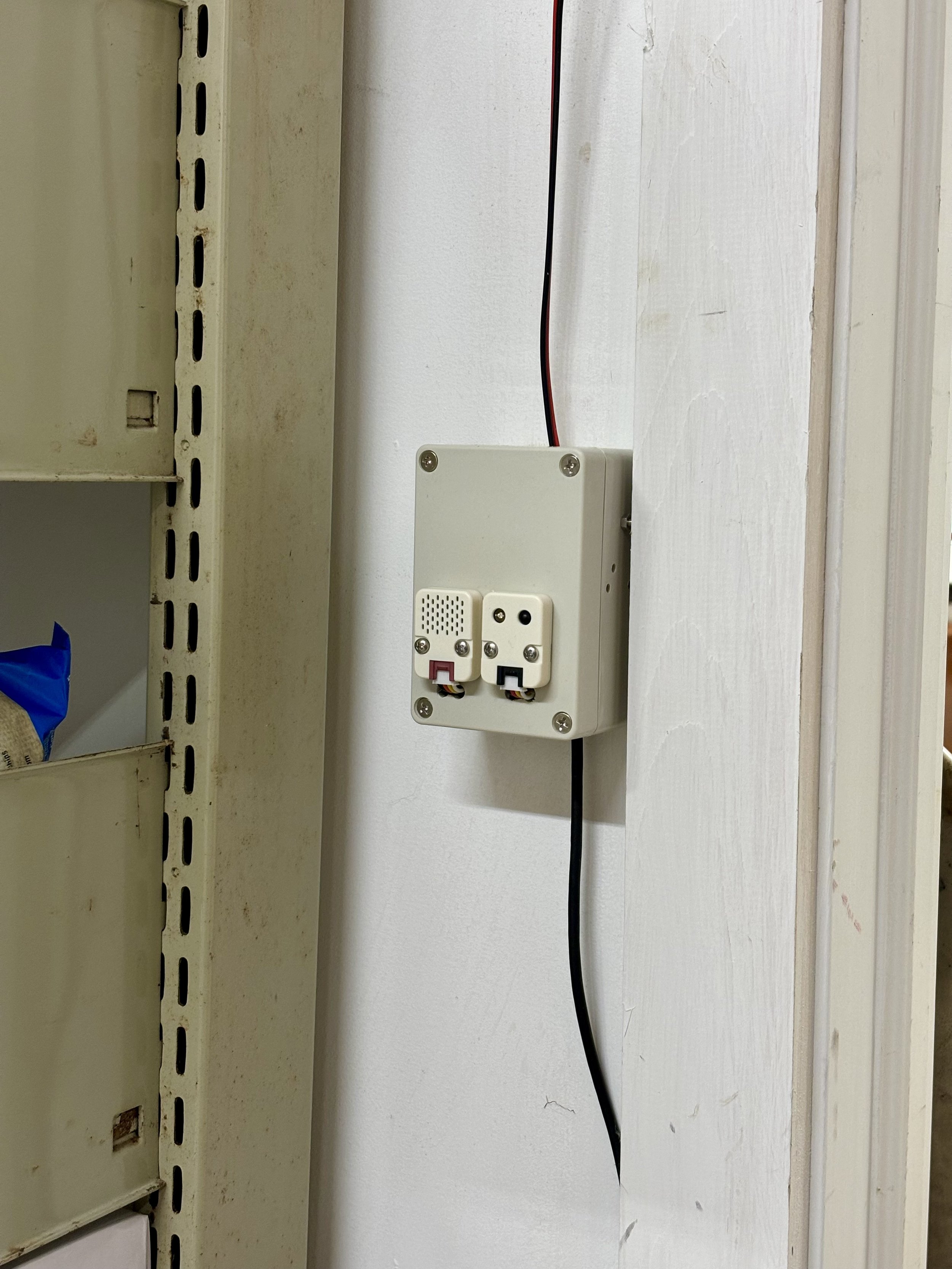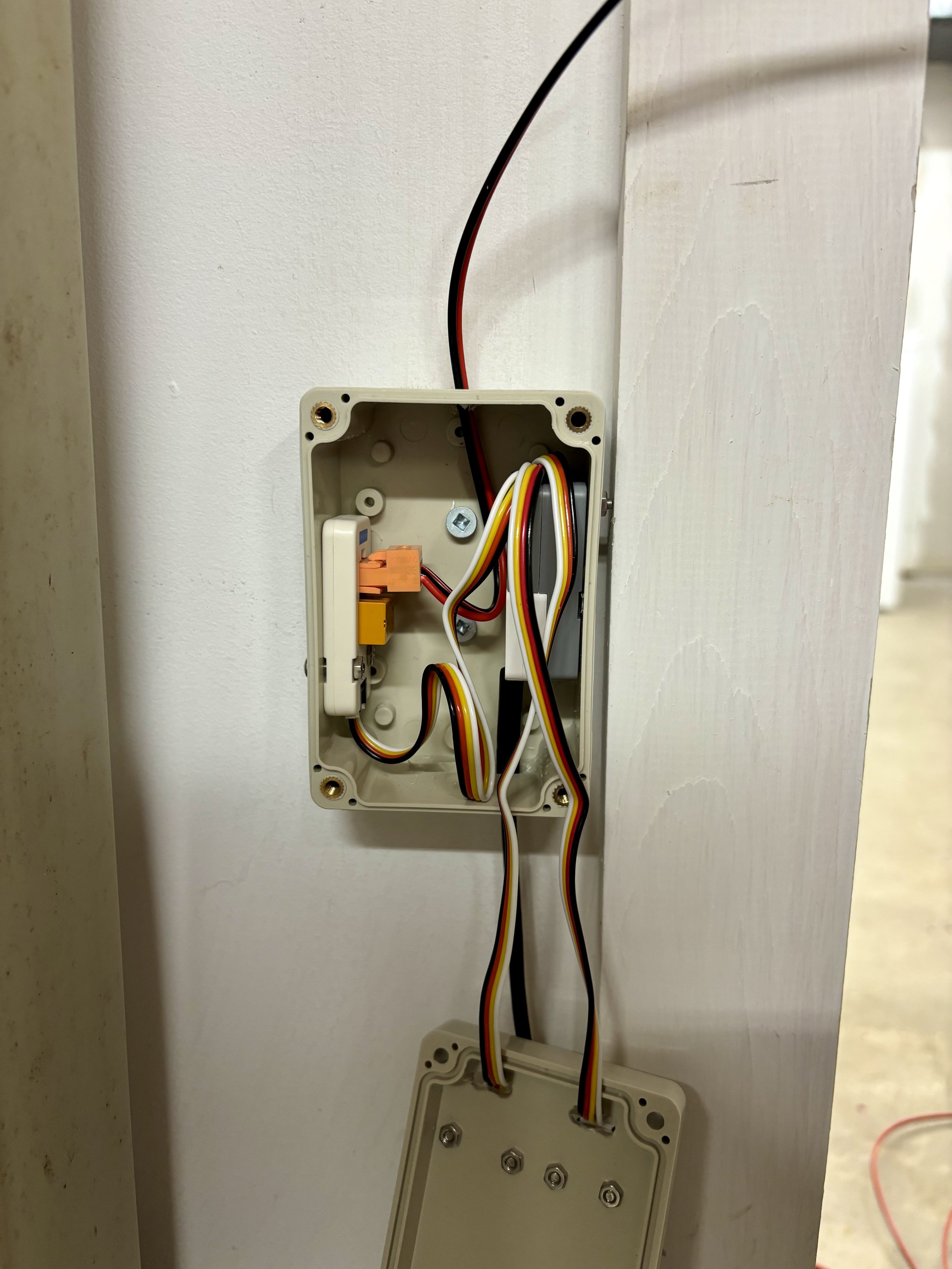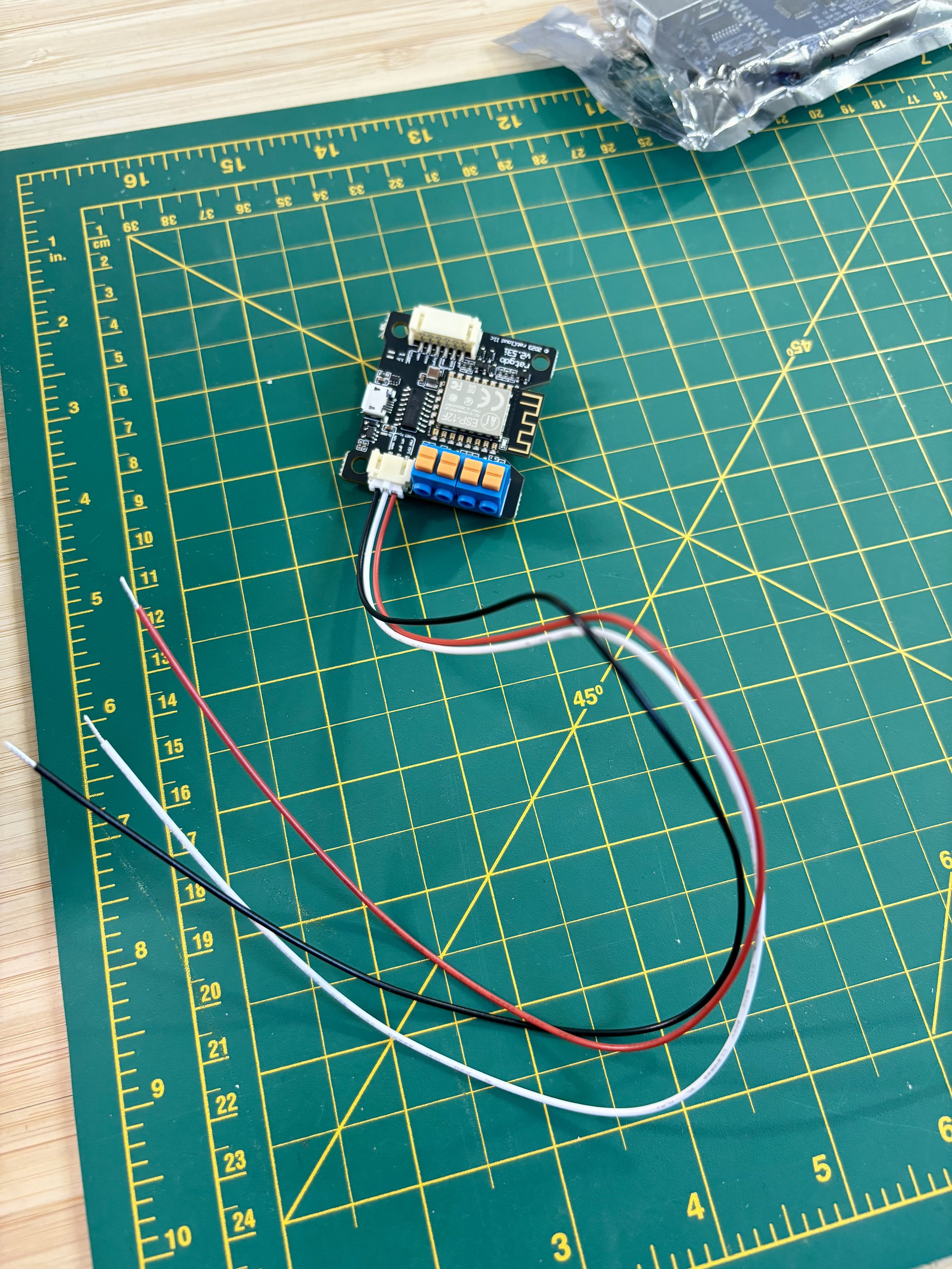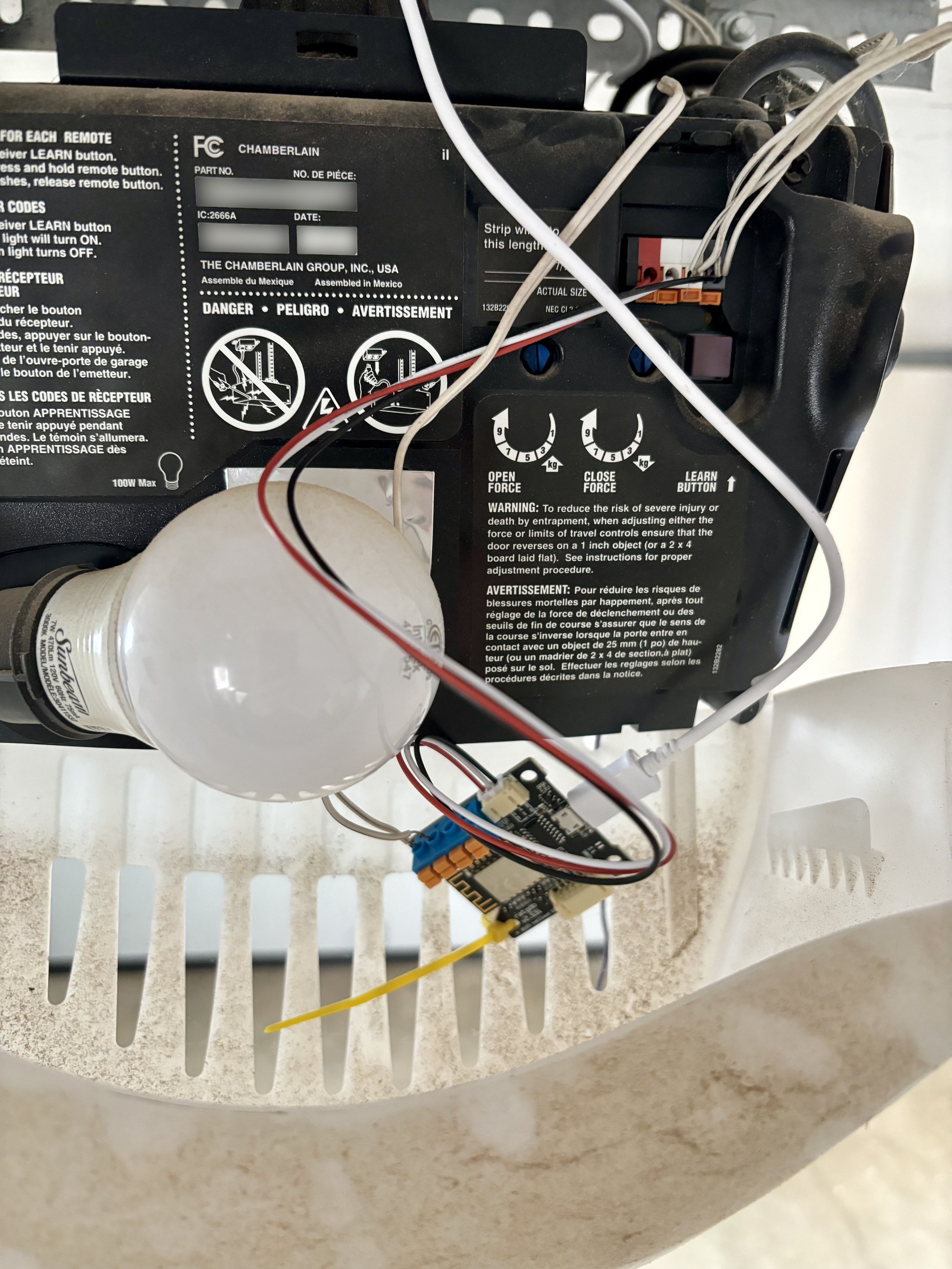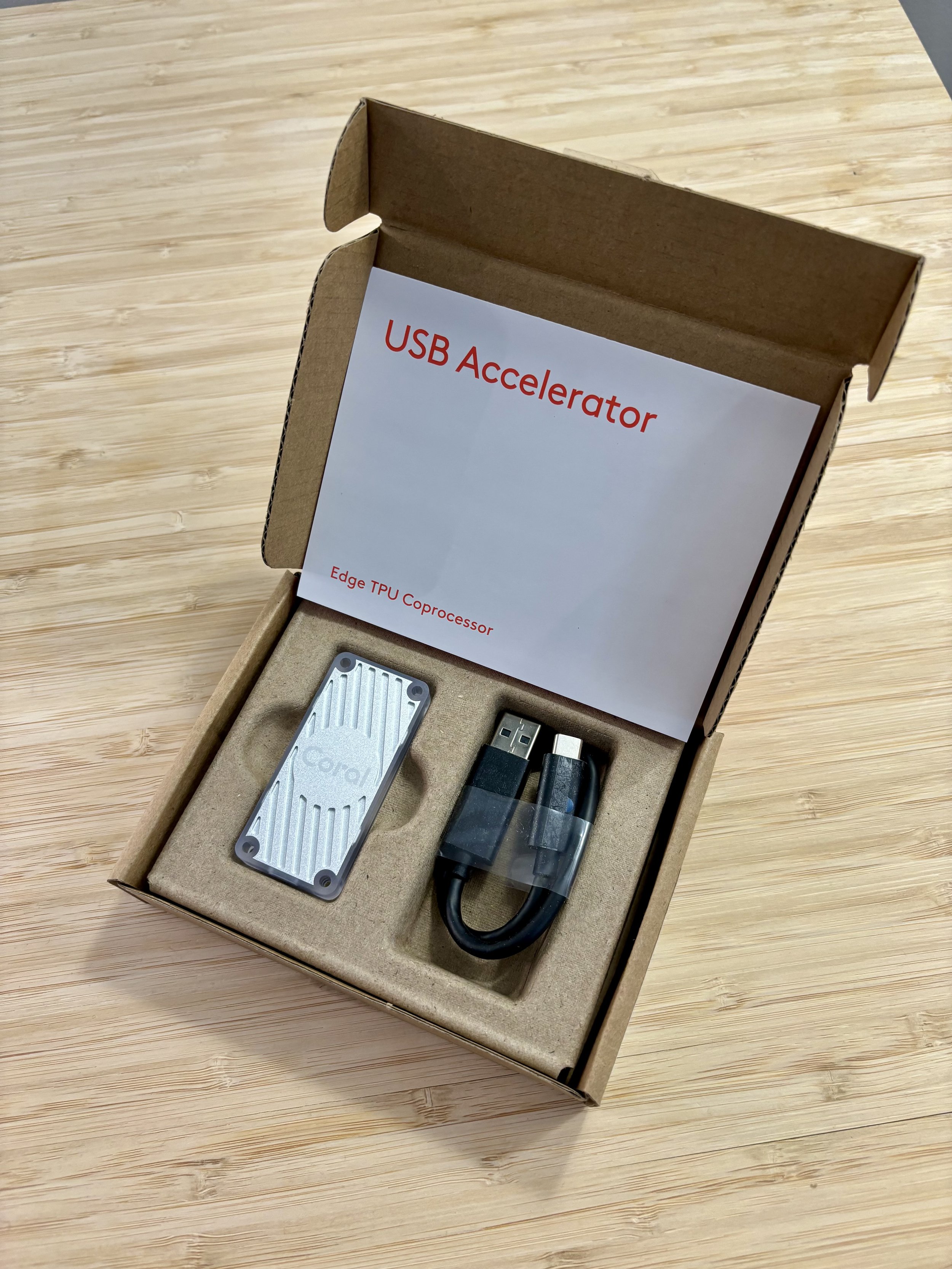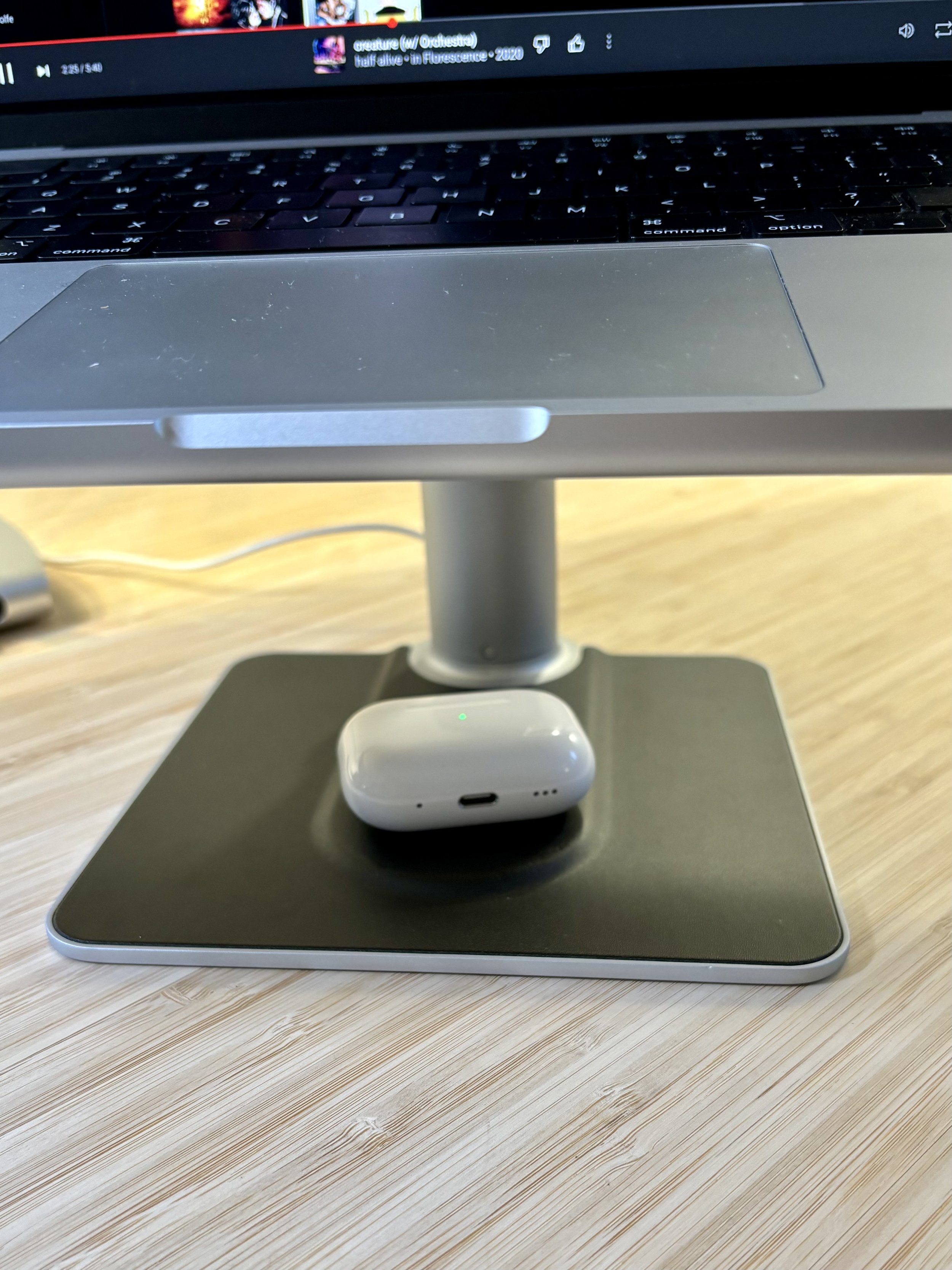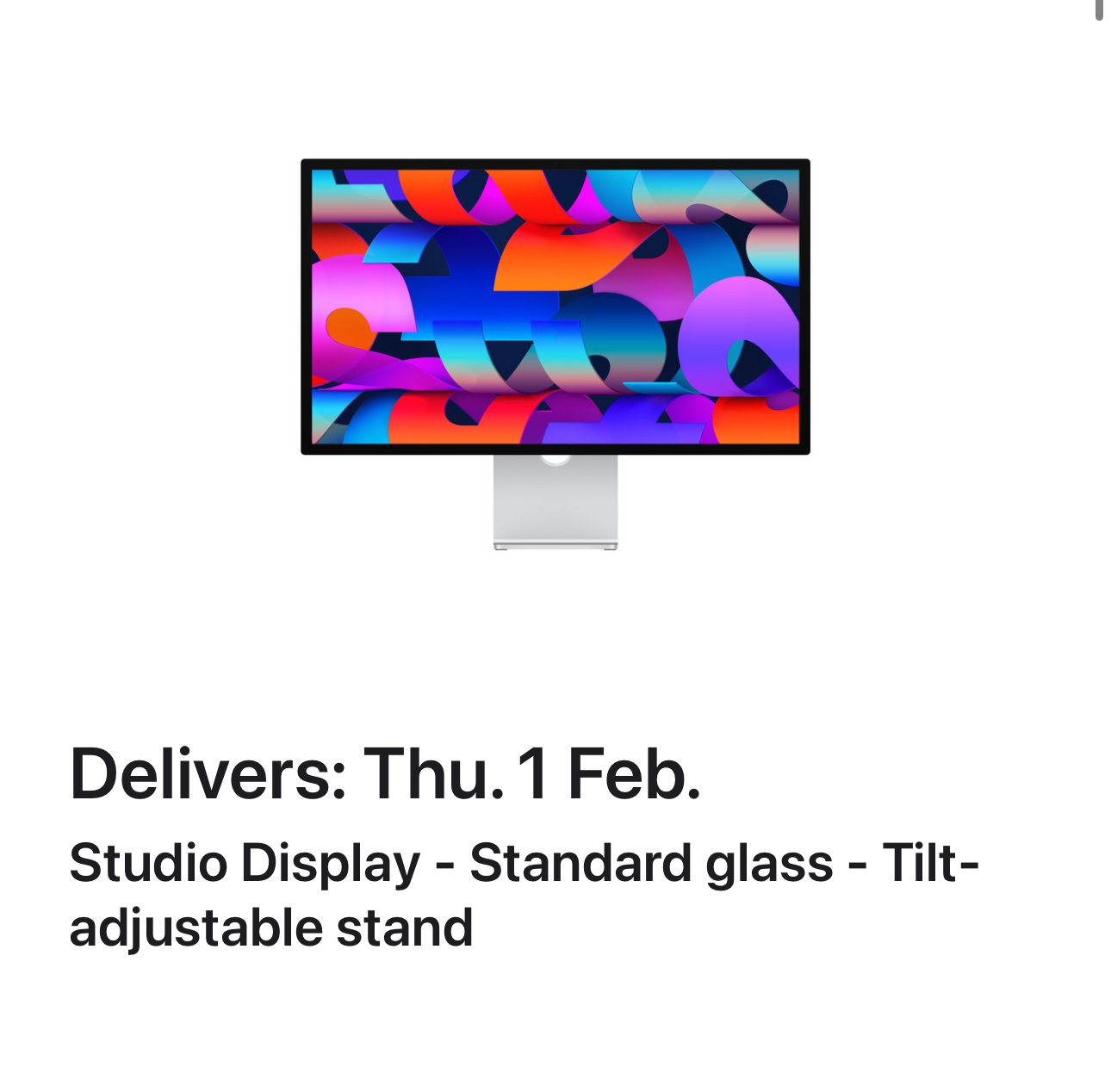It’s been about three months that I’ve been able to skulk around dark venues and snowy streets with this new camera, and I figure I’d drop a few thoughts on the X-T5 and associated lenses. Since my first post I grabbed the XF 23 F1.4 LM WR and the XF 8-16 F2.8 LM WR to go with the crop of used lenses I picked up, along with a Godox TT685ii and some MagMod gear. I’ve done a bit of work so far, including dimly lit shows, events, social media photos for a local business, direct flash “club” photography, and some headshots/band portraits. I’ve thrown some samples into a gallery here:
X-T5:
The XTrans5 high resolution sensor is pretty easy to shoot with, providing a similar noise quality at high ISOs compared to the XTrans4 in the X100V. Overall very similar feel across the two sensors from a usage and editing perspective.
40MP is very nice to have. The ability to crop a bit more is incredibly welcome - It allows for a lot more keepers if I’m a bit sloppy with composition.
Autofocus works well - I use wide/tracking most of the time, and even in dimmer venues it works well. Combined with a fast linear motor driven lens I can just focus and compose - Easy.
Face and subject detection works well enough. I am still not the biggest fan of Fuji connecting photometry with the detection features, but I get it.
I do still miss having a highlight weighted metering mode, but spot + exposure compensation works well enough for scenes where the lighting doesn’t vary much.
The battery last for a long time. I have four spares and even with a full day end-to-end shooting I could see myself maybe going through two batteries tops.
The additional physical controls on the body are so welcome. The ISO dial being built into the shutter speed dial is fine on the X100V but not an easy to use thing for pro work. I like the button locks on the ISO and shutter speed dials and the additional buttons on the back of the camera.
Great viewfinder, and the screen that tilts horizontally and vertically is awesome. Much easier to get low shots when shooting portrait orientation.
The shutter is louder than the X100V as expected, but not overly loud. A satisfying shutter noise, overall.
It’s good to be back to dual SD card slots, even if I haven’t yet lost an SD card in my time shooting.
The buffer is ok. Not great. Not awful. I suppose if I wanted to be rattling off 40MP RAW files at 15FPS+ for longer than a few seconds I’d have chosen a much more expensive camera. I’m currently on a pair of relatively fast Samsung UHS-I cards, but I may invest in some faster UHS-II cards to see if buffer clear time is improved.
The new glass - XF 8-16 2.8 and XF 23 1.4
The lens selection:
All the lenses are Fuji first party, with the zooms being “red badge” zooms. They all carry a similar design language with physical aperture rings and nice smooth focus and zoom rings. They are all satisfying lenses to use.
The zooms are pretty much like having a bunch of primes in a single lens. They are large and heavy, but they are optically fantastic. With linear motors, they focus quickly and silently. These will likely be bread and butter lenses for pretty much everything that’s lit decently. What I’ve used them for so far has produced great results. I’m happy to take any of these out in reasonable light, or if I’m doing any kind of flash photography.
F2.8 is unfortunately still a bit too slow for the dimly lit venues I tend to shoot in. I did shoot my first show of the year with the 16-55 F2.8, and in a lot of cases struggled to keep my shutter speed where I was comfortable for good exposure with little to no motion blur, even pushing ISO 12800.
For the other two shows I very much gravitated toward the 23/56 combo as my main lenses. This is pretty unsurprising considering how much I shot with the X100V - I was very comfortable with the 35mm equivalent FOV and always wanted a bit more reach than the TCL could provide. The extra stop (or stop and a third in the case of the 56) vs the 23f2 on the X100V really let me draw ISO down a bit on shots while maintaining a reasonable shutter speed, generally resulting in a bit more flexibility in files end of the day.
I was very on the fence about the 56 1.2 R after reading a lot of polarizing info online about it’s performance vs the newer version of the lens, but overall it’s optically very nice, and the autofocus performs a lot better than expected. For the amount I spent on it, I’m very happy with the lens.
Overall I’m really happy with the thing so far - Coming from the X100V for a number of years I’m pretty darn familiar with Fuji’s quirks, so adapting to the body was done in very short order. It’s very nice having the flexibility of an interchangeable lens again too. My next step with the setup is building out my lighting kit a bit more (primarily a bit more MagMod gear which has been fantastic so far) and then starting to pursue a bit more event work. I may look at a few more lenses down the road, but so far the six I have now cover a ton of range and all feel like they have a home.


















